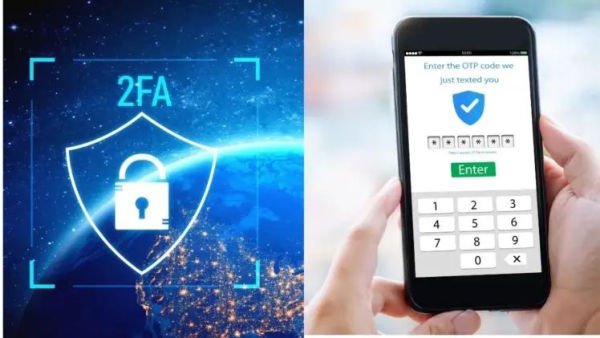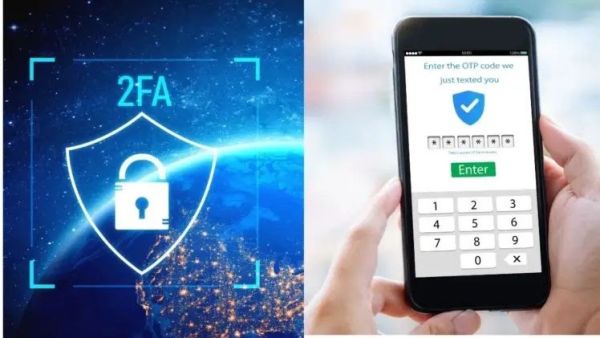
Matters in digital transactions will no longer be limited to OTP. The level of safety is going to go up one level more. Reserve Bank is bringing two-factor authentication for transactions. Everything is fine but after knowing the date of implementation of this news, happiness may be dampened for a few months.
In fact, the central bank has decided to go beyond SMS-based one-time passwords (OTPs) for online transactions. Now, along with OTP, a password will also be required to transfer money. This system will be implemented from April 1, 2026. Know what will happen in it.
Dynamic 2-factor authentication
From April 1, 2026, whenever you do any digital transaction, you will have to use another safety protocol along with the OTP received on SMS. In technical language it is called Two-Factor Authentication or 2FA. You must have used it while logging into Gmail.
It means that when you enter the password of Gmail, the process is not completed. A prompt appears on your other device asking whether it is you who is logging in. This message displayed on the screen has to be OK and the code also has to be matched. If you cannot login to Gmail on another device, then you have to take a one-time password from an app like Authenticator.
This is just an example as there are other methods of 2FA. A similar method will now be used in transactions also. Along with OTP, now the user will also have to enter his phone's password or thumb impression (biometrics). Software tokens can also be used along with this. There is no need to be afraid of the heavy name because this is also an app base feature. Like Authenticator, a new password is generated every time which expires in a few minutes.
Now it is no hidden thing that nothing is more secure than a thumb or fingerprint or face scan password. Even if the phone is stolen or there is any fraud related to SIM, the transaction will not take place. It will be necessary for you to be physically present to complete the process.
Just what then? Mark attendance from 1st April 2026.





